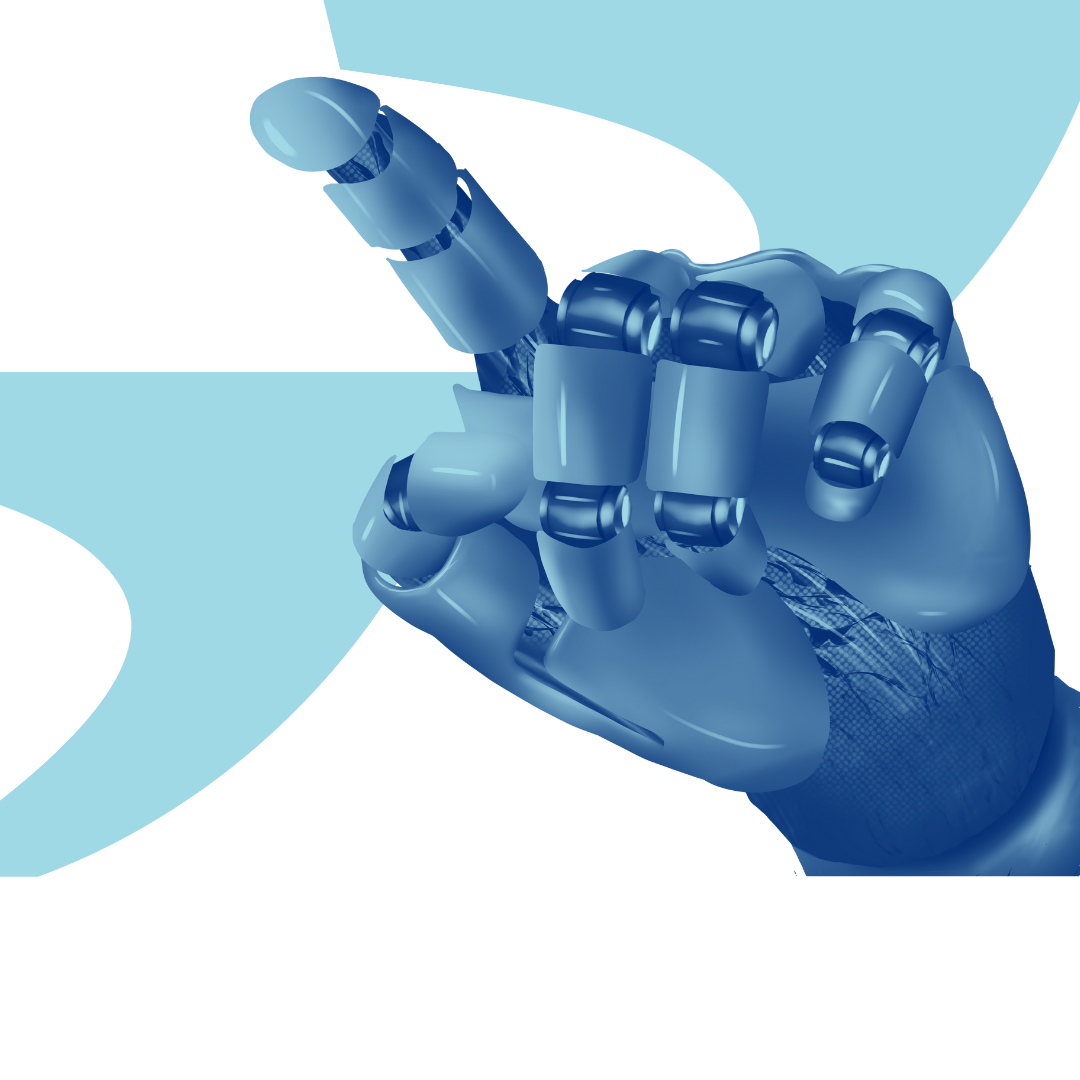It’s evident that Artificial Intelligence (AI) and Machine Learning (ML) have
reshaped the landscape of software testing. Since the emergence of AI-powered
language models like ChatGPT, a range of AI-driven technologies has followed
suit, offering undeniable benefits.
In this article, we’ll explore how to harness AI/ML in software
testing to elevate your QA processes.



